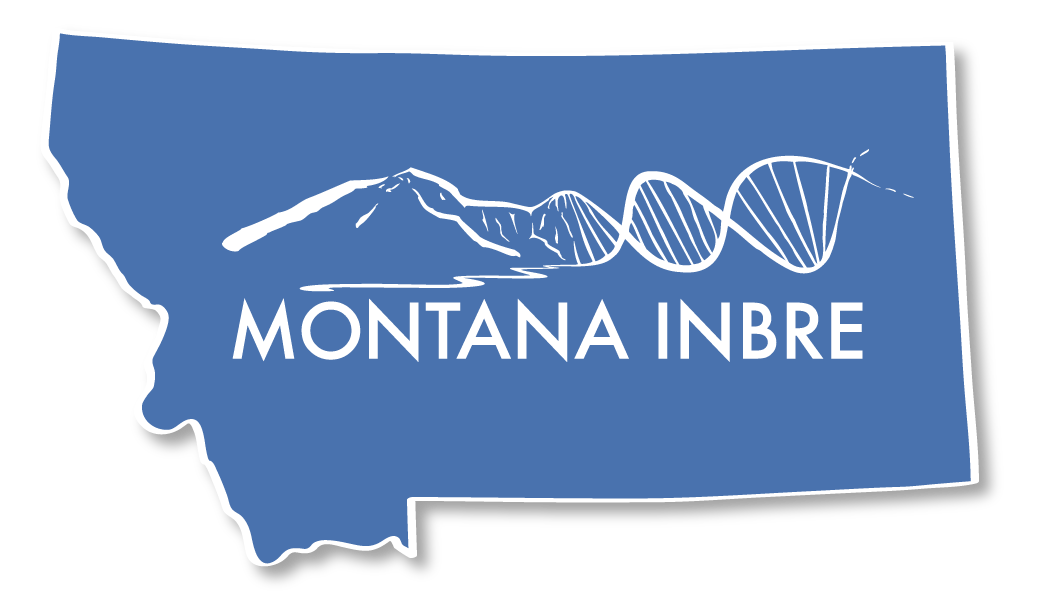Modeling the factors that influence children’s respiratory health in Montana
Project Leader: Erin Landguth | University of Montana
Abstract

Rural areas of the western US experience an increased burden and disparities in children’s respiratory health compared to urban centers. Of particular concern are more frequent and intense wildfires, which increase air pollution in surrounding areas and affect regional air quality. Assessing lower respiratory tract infection (LRTI) risk in some areas of the west is also complicated by complex topography, which creates steep air quality gradients during inversion events common in both winter and summer. Our understanding of the mechanisms underlying LRTI epidemics among neglected at-risk populations at the rural state level, such as Montana, is poor. Thus, a thorough investigation of the multidimensional (social, demographic, environmental) processes affecting children’s respiratory health must be conducted to improve adequate policy and public health actions to address both current and future climate-pollution challenges. We will gather multiple data sources, including novel wildfire-induced exposure and inversion potential layers, to describe the distribution, timing and intensity of respiratory infections unique to Montana’s children. We will develop scientifically-defensible modeling frameworks to help identify the causal drivers of LRTIs among children in Montana. Our combined mapping and surveillance platform, data assimilation and multi-modeling approach will greatly help the identification of public health threats of LRTIs among Montana’s children. Ultimately, the results we will generate could inform an intervention to mitigate LRTIs among children in Montana, and these findings could extend to other rural intermountain western states.
Specific Aims
Aim 1: Create a MT LRTI geographic informational platform to visualize and query variables across space and time.
Aim 2: Gather and link response data for LRTI incidences among children in MT from death certificates and hospital records.
Aim 3:Assimilate suite of potential predictor variables, including various socioeconomic/demographic variables at different geographic resolutions and novel spatio-temporal varying environmental/climatic variables that we hypothesize to influence respiratory health in MT, such as high-resolution inversion potential maps and a wildfire smoke emissions model.
Aim 4:Develop data-driven and scientifically-defensible modeling frameworks to help identify the causal drivers of LRTIs among children in MT.
Primary Contact
Erin Landguth Erin.landguth@mso.umt.edu'

